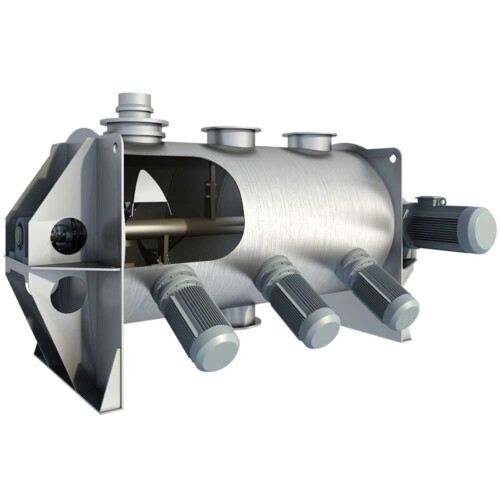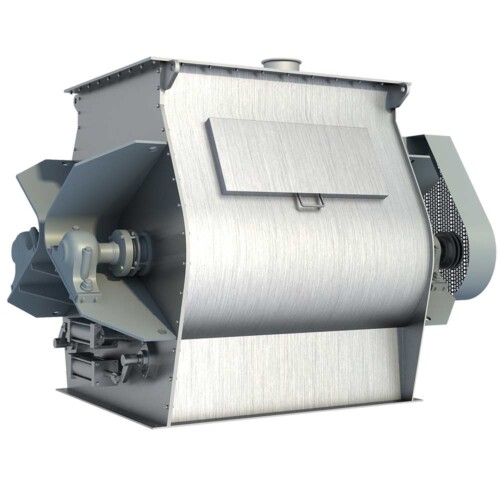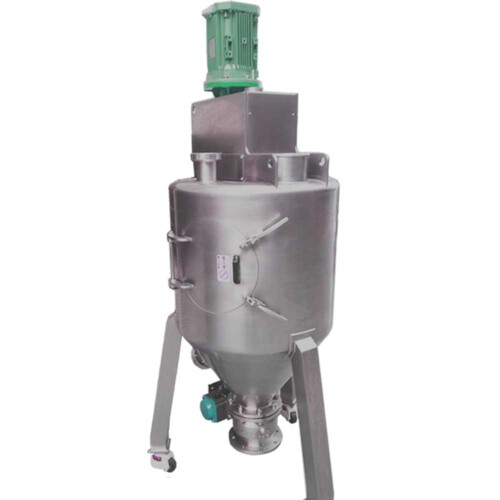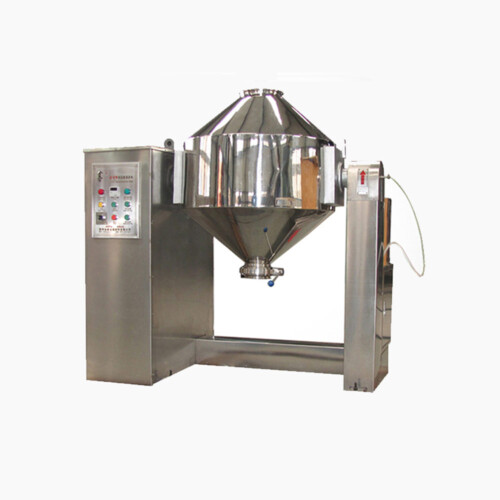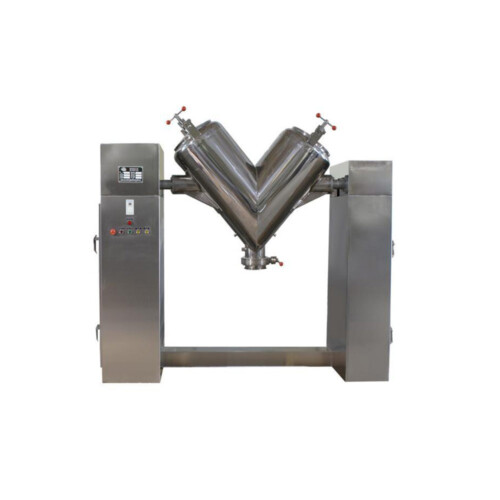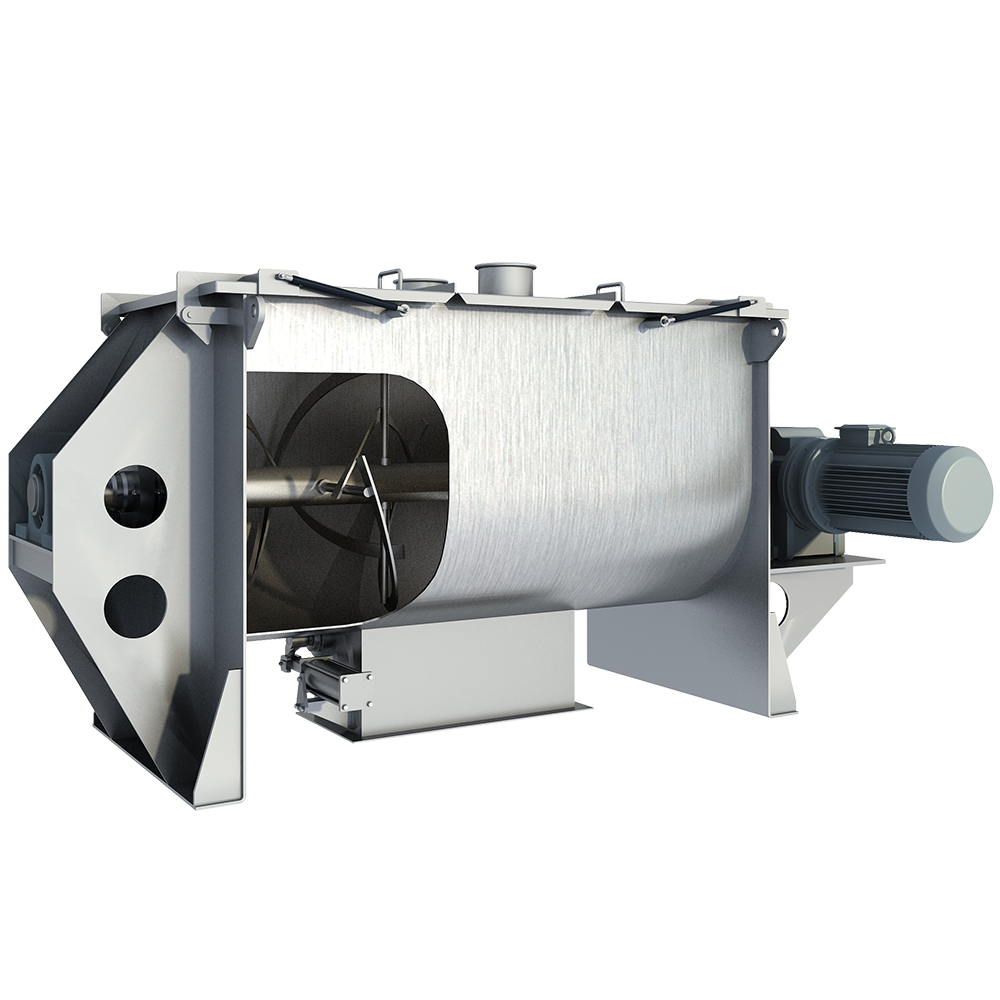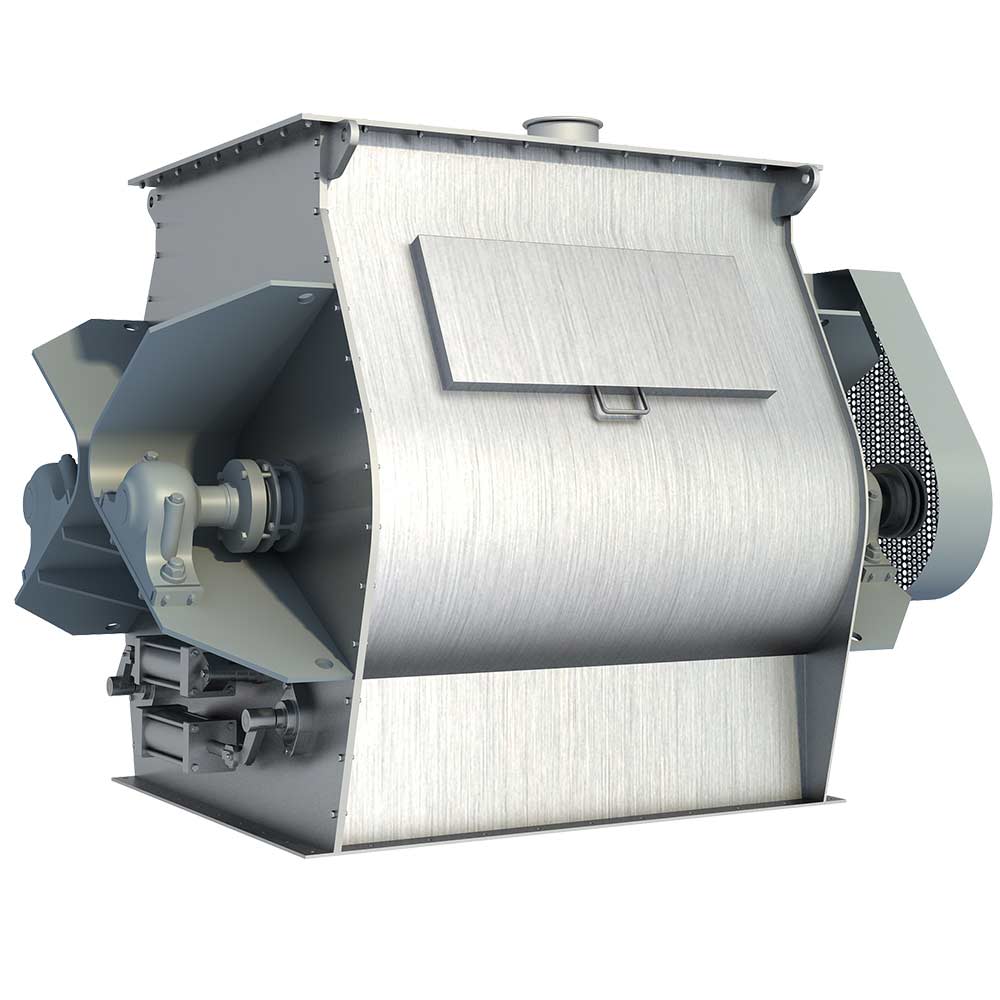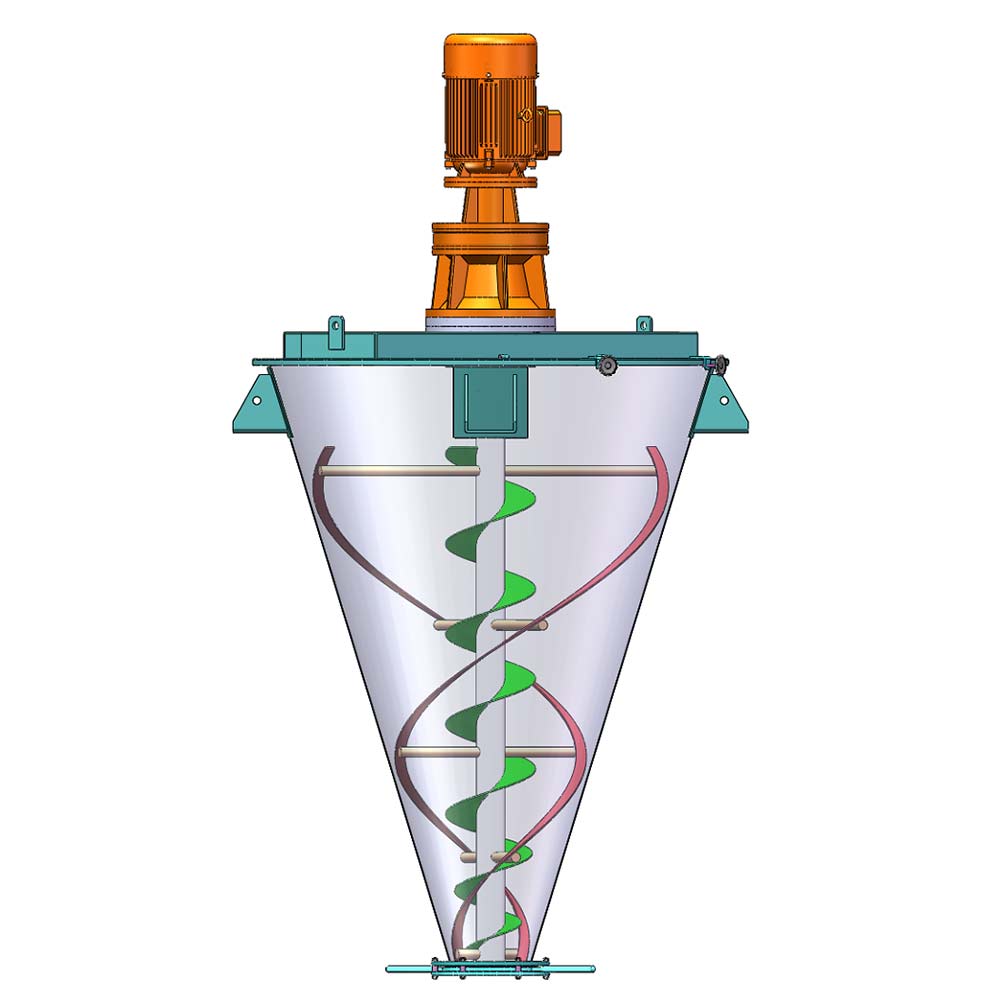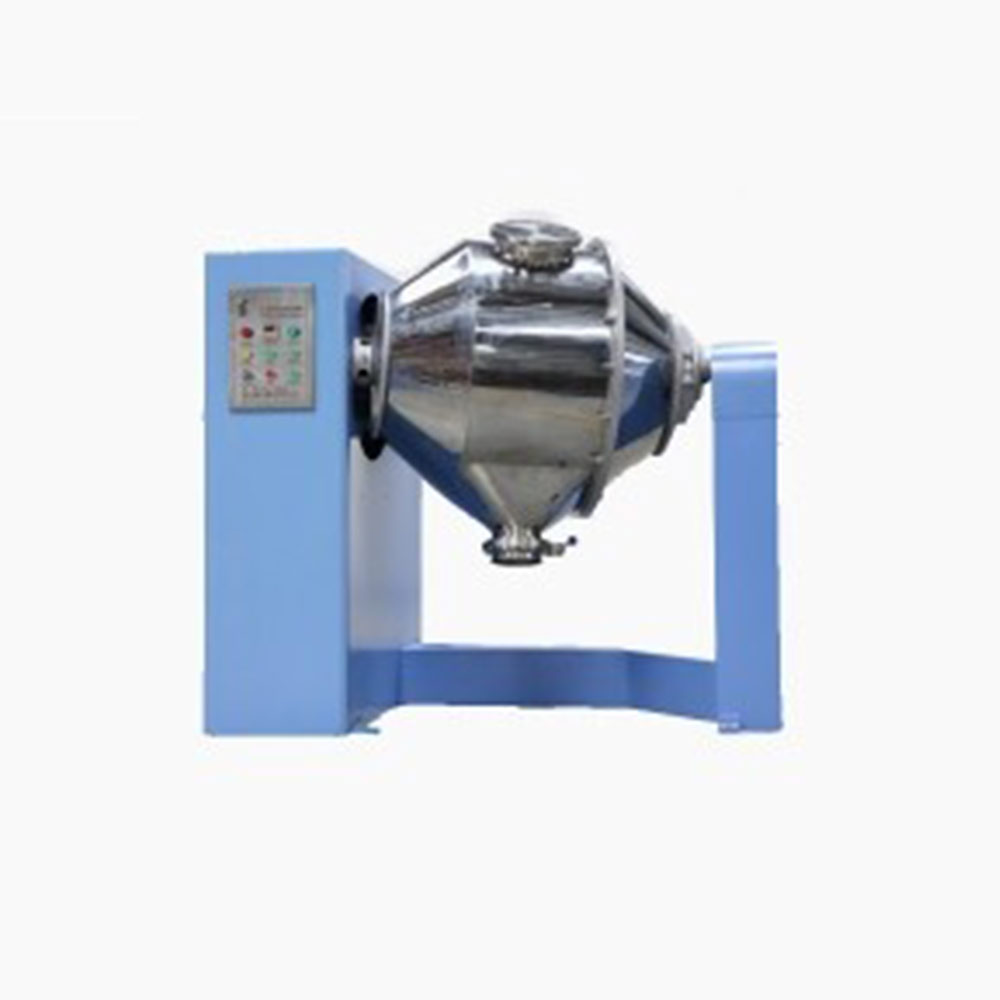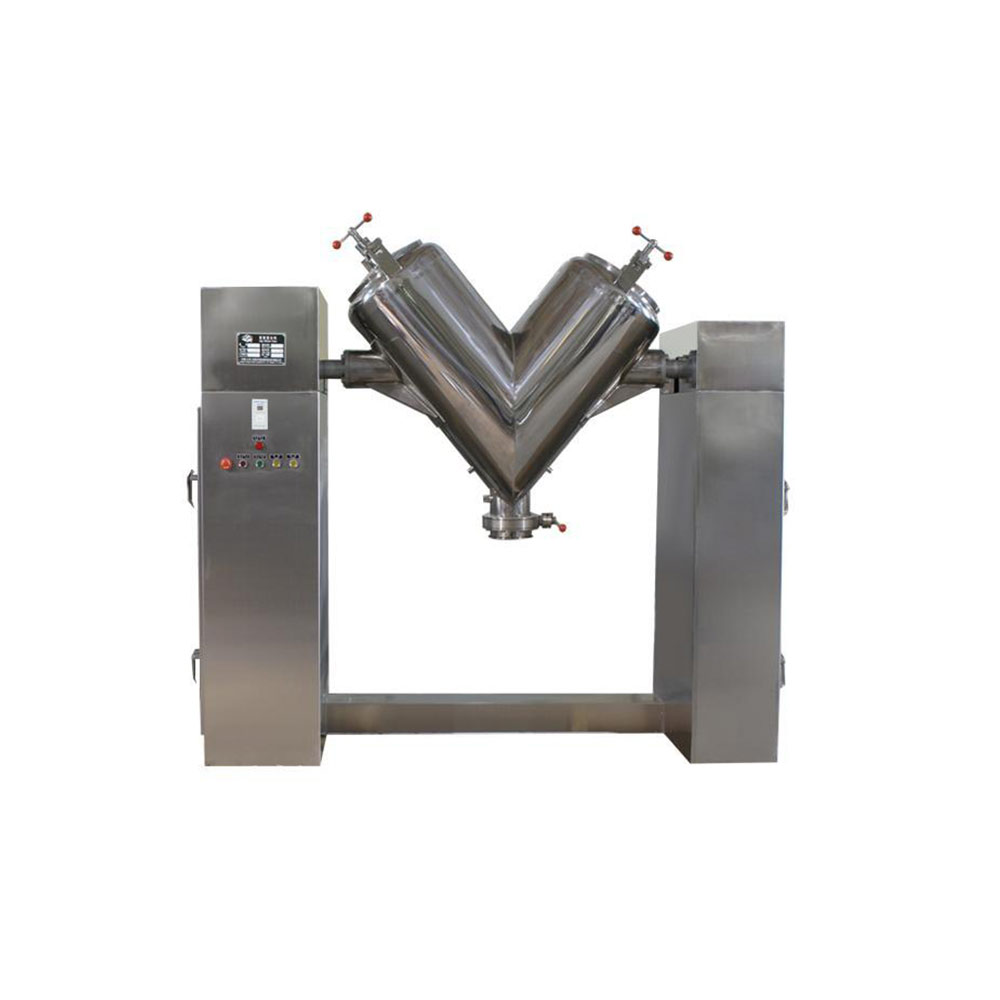Ask An Expert
Frequently Asked Questions
Yes, We can supply simple stand alone panels or automated PLC controlled systems. We normally install and test all controls on our mixers before they are shipped.
Yes, we normally test the mixers before they are shipped and mark out the wire need to connect on the control box.
We manufacture specialty mixing equipment for powder & bulk materials. Included are ribbon blender, plough mixer, conical screw mixer, twin shaft paddle mixer, V blender, double cone blender and other auxiliary equipment such as screw conveyor, quantitive auger filler.
We sell across the world, our cusotmers distribute 5 continents.
Share Us With Your Network
How to Measure the Bulk Density?
As a mixer manufacturing company, we understand how important it is for our customers to know the bulk density of their materials. Bulk density plays a crucial role in determining machine’s volume, packaging volume, transport requirements, storage capacity, and even performance in downstream processes. Fortunately, measuring bulk density is a simple process that can be done using just a few tools and a straightforward formula.
What is bulk density?
Bulk density is defined as the mass of a material divided by the total volume it occupies, including both the particles and the spaces between them. The formula looks as following:

Step-by-Step Example: Measuring Bulk Density of a Powder Mixture
Let’s walk through a real example from our customer using a powder mixture used for dental chews:
What you’ll need for measuring :
- A known-volume container (preferably marked with liter measurements)
- A digital scale
- Your well-mixed powder sample
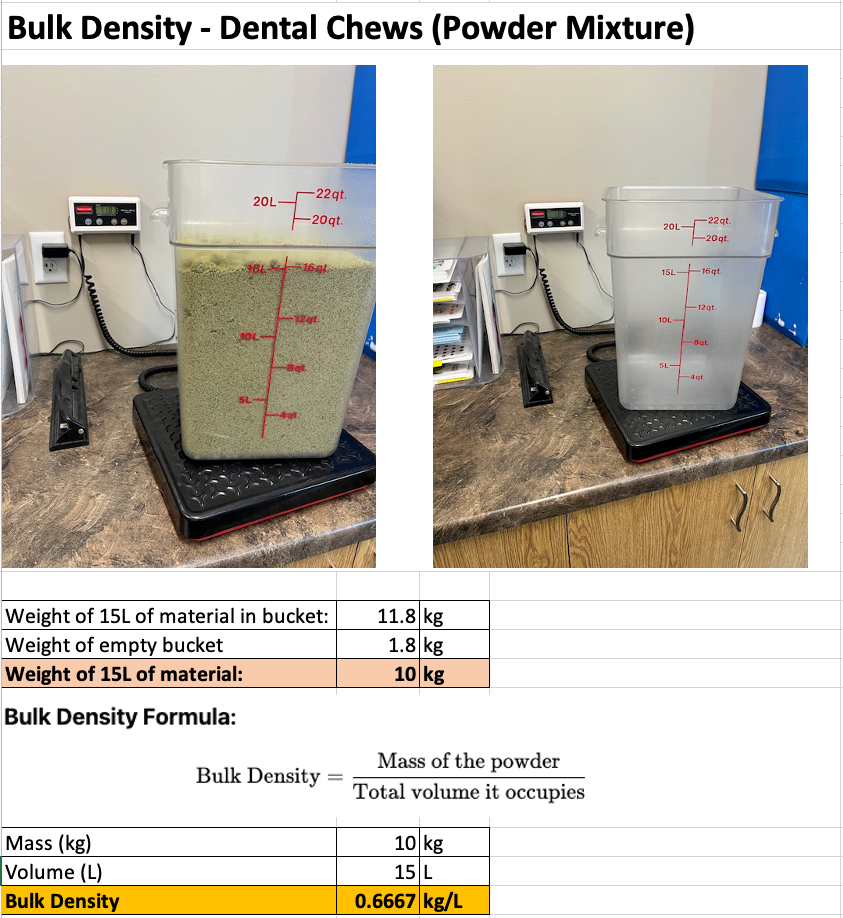
Step 1: Weigh the Empty Container
Weigh your container when it’s completely empty. In our example, the empty plastic bucket weighs: 1.8 kg
Step 2: Fill the Container with Material
Fill the container to a specific volume marking. We used the 15-liter (15L) mark.
Step 3: Weigh the Filled Container
Place the filled container on the same scale. In our case, the weight was: 11.8 kg
Step 4: Subtract the Weight of the Empty Container
Now, subtract the empty container’s weight to find the net weight of the material:
11.8kg−1.8kg=10kg
Step 5: Calculate the Bulk Density
Use the formula:

Final Result:
Bulk Density = 0.6667 kg/L
Why It Matters:
Knowing your product’s bulk density helps:
- Optimize batching and mixing times
- Ensure consistent fill weights in packaging
- Improve transport and storage planning
- Maintain product quality from batch to batch
Pro Tips:
- Always use a container with clear volume markings.
- Make sure your material is well-mixed before testing.
- Tap or level the container lightly to ensure consistent packing without compressing the powder.
- Repeat the process a few times and average the values for better accuracy.
If you need help determining the bulk density of your materials—or want to improve your mixing consistency—don’t hesitate to contact us. Our equipment is engineered to deliver the precision and repeatability your process deserves.
Ask An Expert


